Macao’s architecture offers a rare blend of Portuguese and Chinese influences, creating a visually captivating landscape. This fusion isn’t just aesthetic; it represents centuries of cultural exchange, colonization, and cohabitation. From European-style churches to traditional Chinese temples, Macao’s streets tell the story of its unique heritage.
The diversity in Macao Architecture reflects its history as a former Portuguese colony with strong Chinese roots. This intriguing combination makes the city a living museum of architectural styles, where colonial-era facades coexist with vibrant Chinese designs.
A Brief History of Macao Architecture
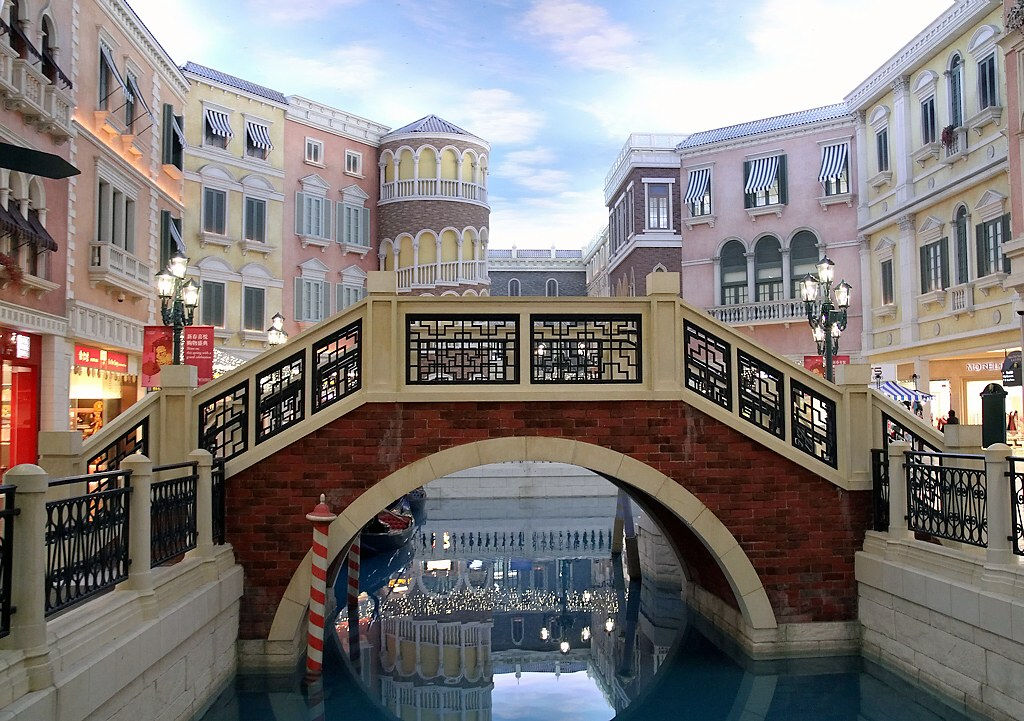
The foundation of Macao’s architecture lies in its colonial past. When the Portuguese arrived in the 16th century, they brought European architectural techniques that mingled with the already existing Chinese styles. Over time, this blend gave rise to a distinctive architectural identity that is neither fully Western nor entirely Eastern but an intricate mix of both worlds.
As a trading hub, Macao became a melting pot of cultures, which influenced not only its customs but also its buildings. The legacy of this fusion is evident in the city’s unique streetscape, from its churches to its Chinese temples and fortresses.
Macao’s Iconic Landmarks
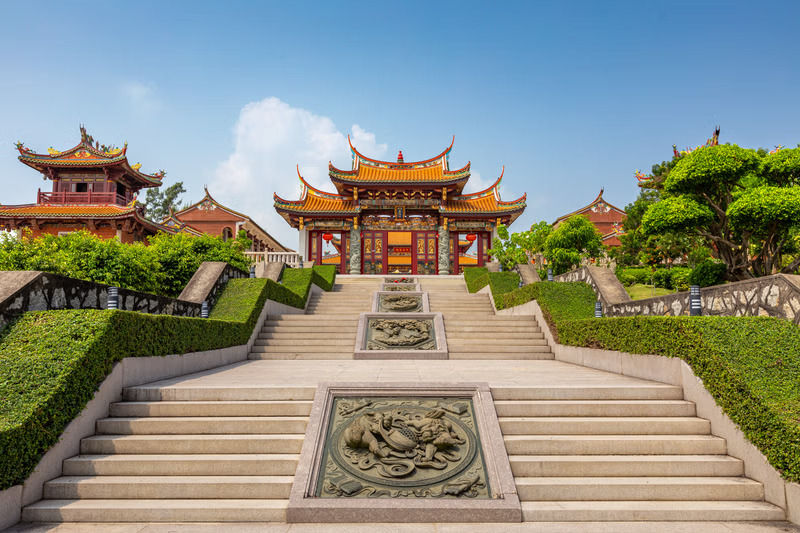
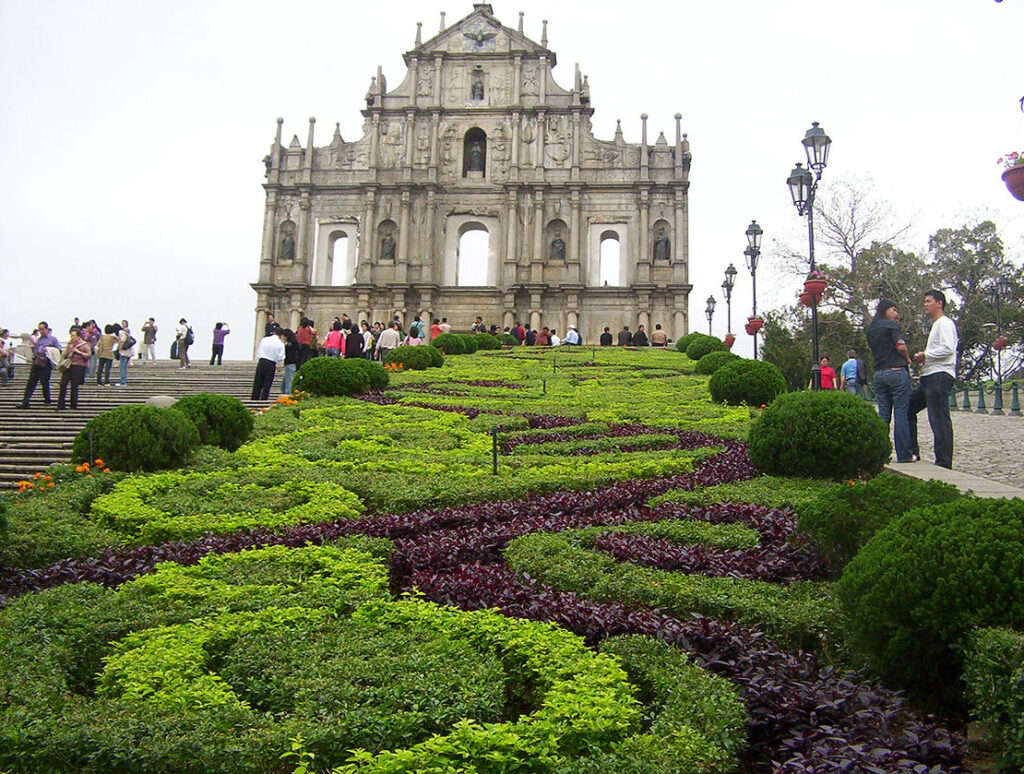
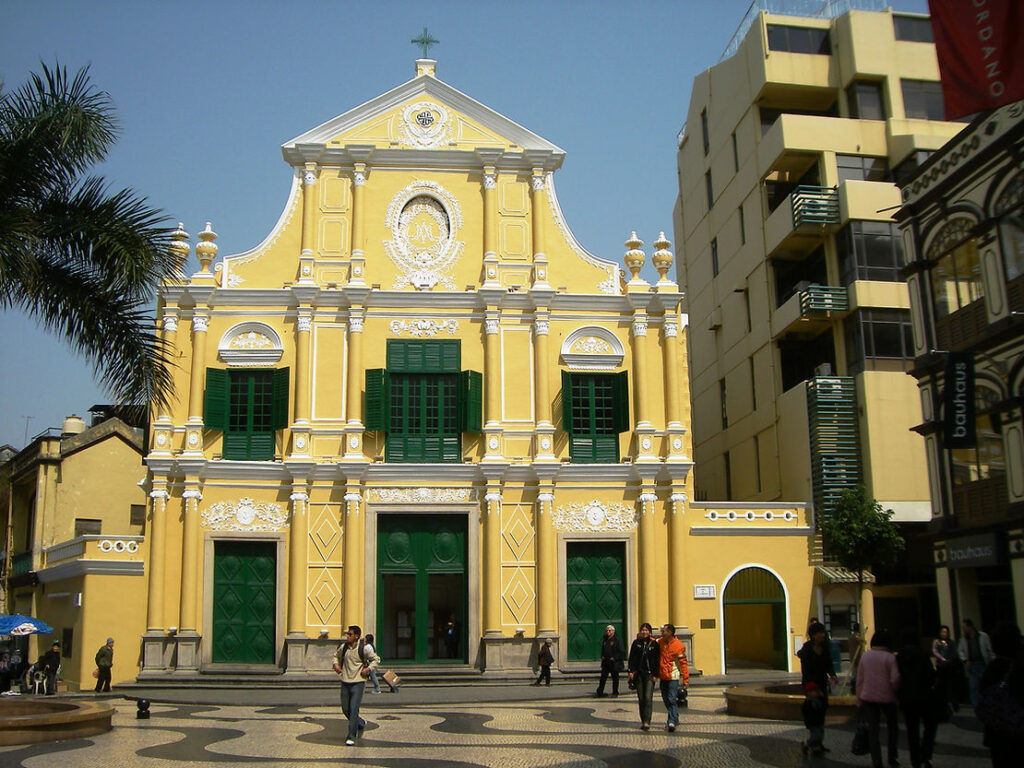
One of the best ways to appreciate Macao’s architectural melange is by visiting its iconic landmarks. Structures like the Ruins of St. Paul’s (Center) and A-Ma Temple (Left) embody the Portuguese-Chinese fusion. The juxtaposition of these two structures—one a European church and the other a Chinese temple—exemplifies the duality of Macao’s history and architecture.
Landmarks such as the Senado Square (Right) further illustrate the city’s commitment to preserving its hybrid identity. Its colonial-style buildings, cobblestone streets, and Chinese influences showcase Macao’s dedication to honoring both its Portuguese and Chinese heritage.
Portuguese Influence on Macao Architecture
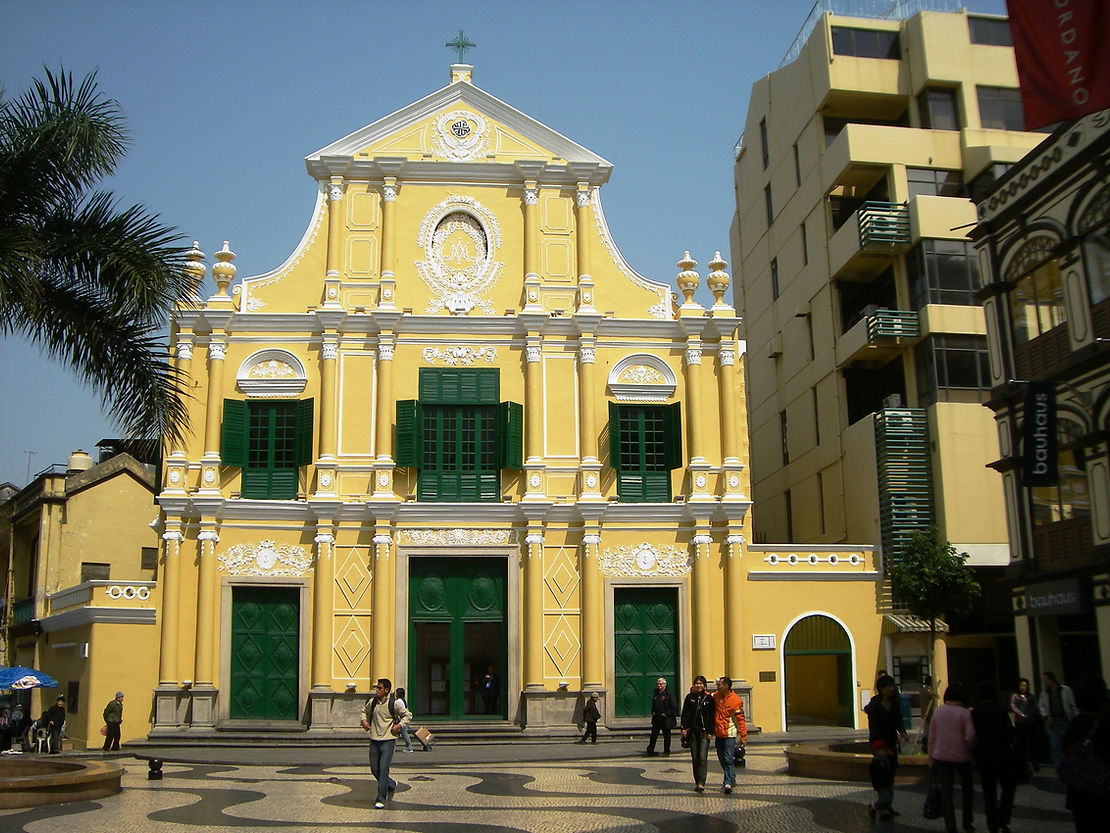
The influence of Portuguese colonization is evident in many of Macao’s most famous buildings. Churches, civic buildings, and homes throughout the city carry distinct European features, such as arched windows, pastel-colored facades, and intricate tile work known as azulejos. These features are most noticeable in the older parts of the city, where Portuguese-style architecture dominates the landscape.
The colonial period left a significant mark on Macao Architecture, with the construction of buildings like the St. Dominic’s Church and the iconic Ruins of St. Paul’s. These structures reflect the Gothic, Baroque, and Neoclassical styles popular in Portugal at the time, making them stand out against the Chinese-influenced surroundings.
Chinese Heritage in Macao Architecture
While Portuguese designs are prominent, traditional Chinese architecture is deeply ingrained in Macao’s character. Ancient temples like the A-Ma Temple and residences in the old villages of Coloane and Taipa showcase the intricate craftsmanship of Chinese architecture. These buildings feature sweeping eaves, detailed carvings, and symbolic decorations that reflect Chinese cultural and spiritual beliefs.
Chinese architectural elements are often designed to harmonize with nature, with feng shui principles playing a significant role in the placement and structure of buildings. In the heart of Macao, the peaceful gardens and temples reveal how Chinese aesthetics balance the more rigid, symmetrical style of Portuguese buildings.
The Role of the Jesuits in Macao’s Architectural History
The Jesuits were crucial in shaping Macao’s religious architecture. They introduced European church designs to the region, merging them with local architectural traditions. The Jesuits’ mission to spread Catholicism led to the construction of some of Macao’s most significant landmarks, like St. Paul’s Church, whose imposing stone façade still stands today despite being destroyed by fire in the 1800s.
This fusion of religious architecture in Macao Architecture is a testament to the cultural and spiritual exchange that took place during this period. The blending of European styles with Chinese construction techniques resulted in structures that are uniquely Macao.
The Senado Square: A Testament to Macao’s Fusion Architecture
Senado Square is a central hub in Macao that perfectly exemplifies the blend of Portuguese and Chinese influences. The square’s pastel-colored buildings, with their European arches and tiled floors, are reminiscent of Portuguese colonial squares. Yet, they exist harmoniously alongside Chinese shops and businesses, showcasing the city’s dual identity.
The square has been a focal point of urban life for centuries and is one of the most recognized symbols of Macao Architecture. Its design reflects the coexistence of two cultures, creating a space where East meets West in a seamless architectural dialogue.
St. Paul’s Ruins: A Symbol of Portuguese Legacy
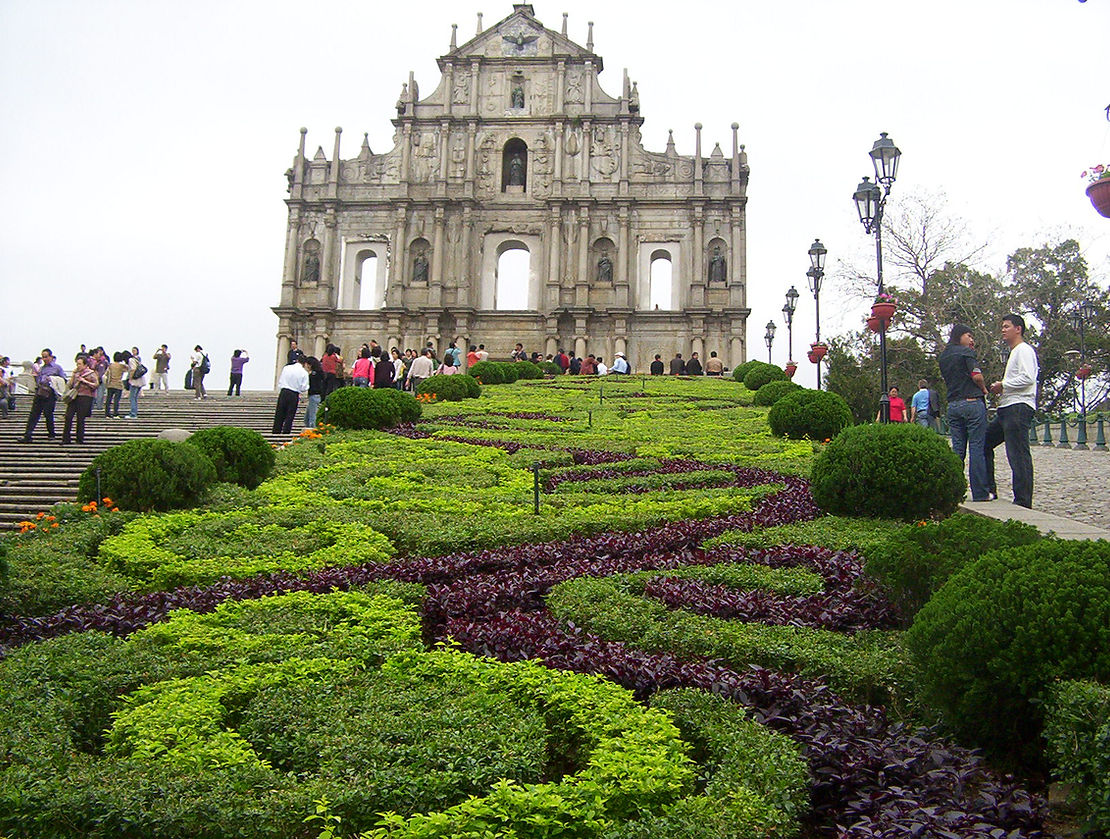
One of the most iconic landmarks in Macao, the Ruins of St. Paul’s, stands as a powerful reminder of the city’s Portuguese past. The stone façade of what was once the Church of Mater Dei, built in the 17th century by the Jesuits, is all that remains after a fire consumed the rest of the structure. Despite this, the ruins are a UNESCO World Heritage Site and remain a symbol of Macao’s rich history.
The intricate carvings on the façade, including Chinese motifs, speak to the fusion of cultures that defines Macao’s architectural melange. It’s a must-see landmark that reflects the deep connection between Europe and Asia.
A-Ma Temple: Honoring Chinese Spirituality

A-Ma Temple, one of the oldest temples in Macao, stands as a tribute to the city’s Chinese heritage. Dedicated to Mazu, the goddess of the sea, this temple predates the arrival of the Portuguese and is an essential part of the city’s spiritual life. The temple’s design follows traditional Chinese architecture, with sweeping roofs, incense-filled courtyards, and decorative stonework that features dragons and other symbolic creatures.
A-Ma Temple is a beautiful example of how Macao Architecture preserves its Chinese roots while coexisting with the city’s Portuguese-influenced landmarks. It also serves as a reminder of the region’s ancient spiritual practices that continue to thrive.
Fortresses and Walls: Protecting Macao’s Heritage
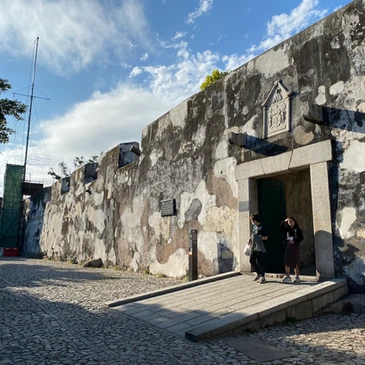
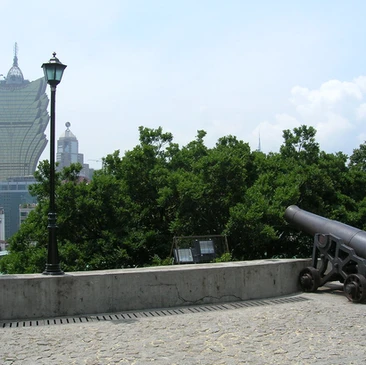
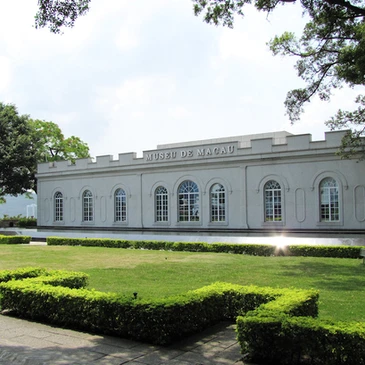
Macao’s fortresses, such as the Monte Fort, are clear examples of how Portuguese military architecture influenced the city’s landscape. Built to defend the city against foreign invaders, these structures combine European defensive techniques with local construction materials. Monte Fort, located near the Ruins of St. Paul’s, offers panoramic views of the city, and its robust design highlights the strategic importance of Macao in regional defense during the colonial period.
The city’s protective walls also reflect this blend, combining the sturdy, geometric fortifications typical of European designs with the local craftsmanship of Chinese builders. These walls are an integral part of Macao Architecture, showcasing the city’s dual heritage in its defensive structures.
Modern Macao Architecture: Skyscrapers and Casinos
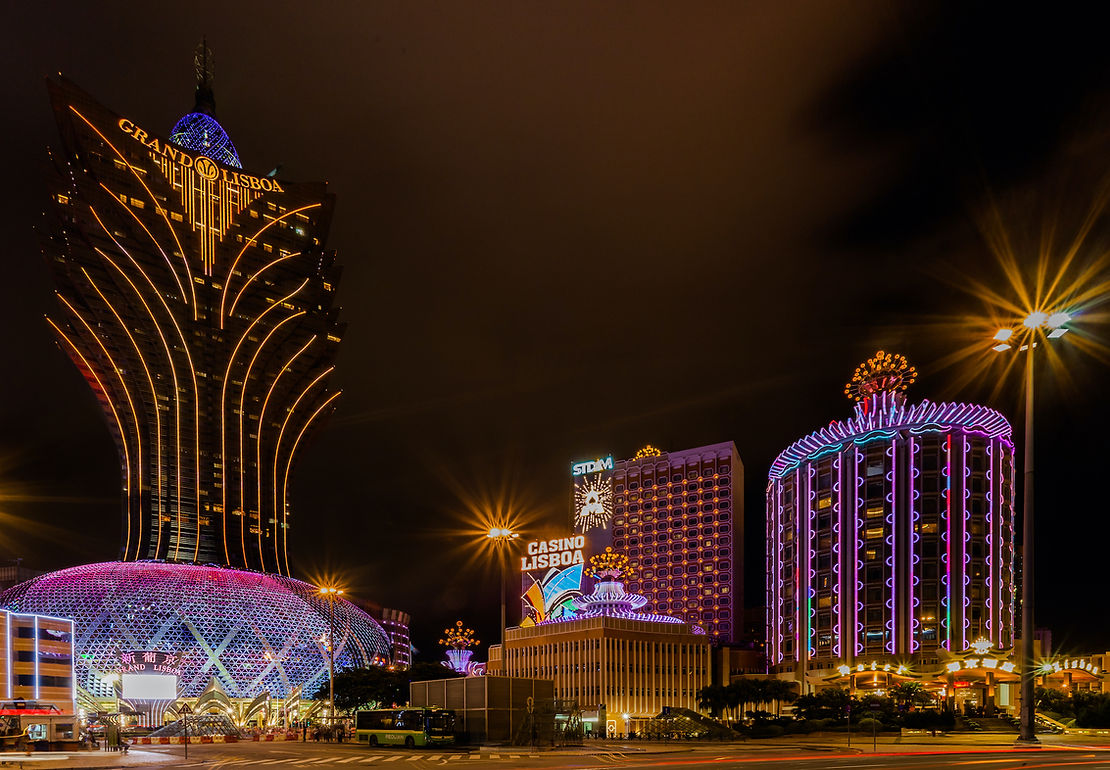
In contrast to its historical landmarks, modern Macao is home to a rapidly evolving skyline dominated by towering skyscrapers and extravagant casinos. These modern structures symbolize Macao’s status as a global gambling hub, blending futuristic design with traditional elements. Buildings like the Grand Lisboa Hotel, with its unique lotus-inspired shape, offer a stark contrast to the colonial and traditional Chinese architecture that surrounds them.
Despite the rise of these contemporary structures, the city manages to maintain a delicate balance between old and new, preserving its cultural identity while embracing modernization. This contrast is a testament to the city’s ability to evolve while protecting its architectural heritage.
Preservation Efforts of Macao’s Architectural Heritage
Preserving Macao’s rich architectural heritage amidst rapid development is a constant challenge. Efforts by local authorities and international organizations, like UNESCO, have helped maintain many of the city’s historic buildings. The designation of several sites as UNESCO World Heritage Sites, including Senado Square and the Ruins of St. Paul’s, ensures that these landmarks receive the attention and care needed to keep them intact for future generations.
The balance between modern development and historic preservation is crucial for maintaining the unique identity of Macao Architecture. These efforts highlight the city’s commitment to safeguarding its cultural legacy while accommodating its growing economy.
Cultural Importance of Macao’s Mixed Architecture
The architectural blend in Macao isn’t just about aesthetics; it reflects the city’s multicultural identity. The fusion of Portuguese and Chinese styles represents a long history of coexistence and cultural exchange. This unique architectural landscape symbolizes Macao’s role as a bridge between the East and West, making it not just a historical curiosity but a cultural treasure that still resonates today.
Macao’s mixed architecture offers insight into how different cultures can come together to create something new and enduring. It is a physical manifestation of the city’s diverse heritage, showing how architecture can capture the spirit of a place over centuries.
Conclusion: The Timeless Appeal of Macao’s Architectural Melange
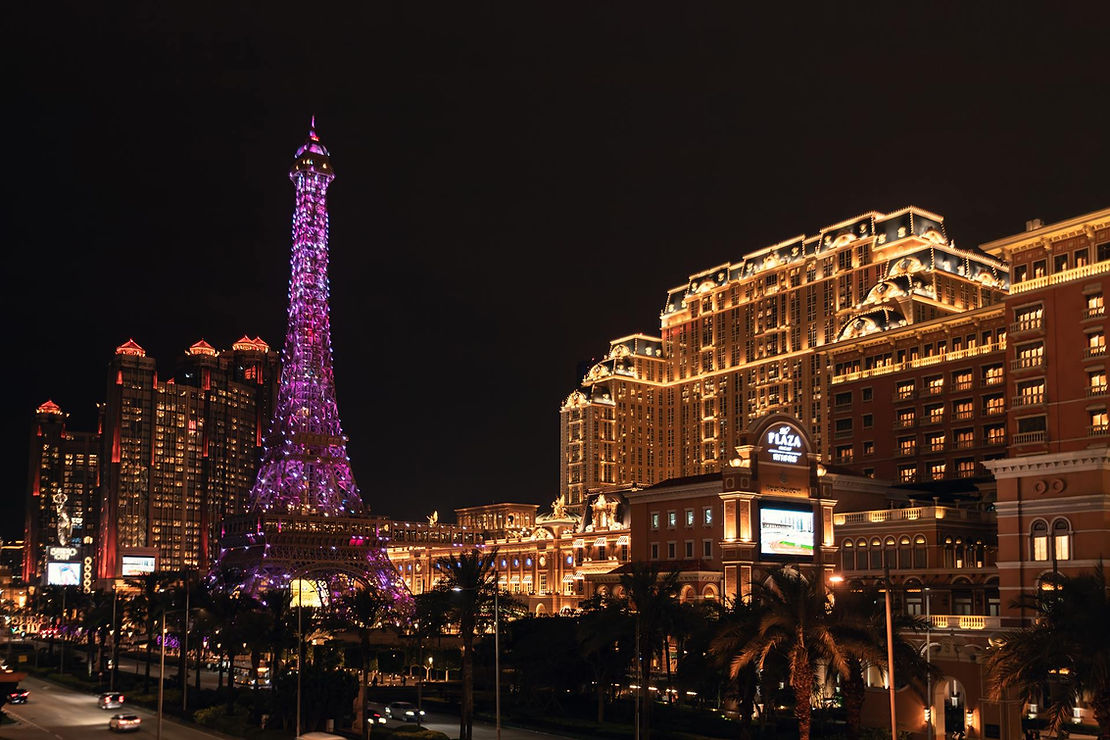
Macao’s architecture is more than just a blend of styles; it is a living testament to the city’s unique history and cultural significance. The seamless fusion of Portuguese and Chinese influences is evident in every corner, from its historic churches and temples to its bustling squares and fortresses. This architectural diversity has made Macao a standout destination for history enthusiasts and tourists alike.
As Macao continues to evolve, its commitment to preserving this architectural melange will ensure that its rich heritage remains intact for future generations to explore and appreciate. In a city where East meets West, the harmony of cultures is reflected in its architecture, creating a timeless appeal that will endure for centuries.
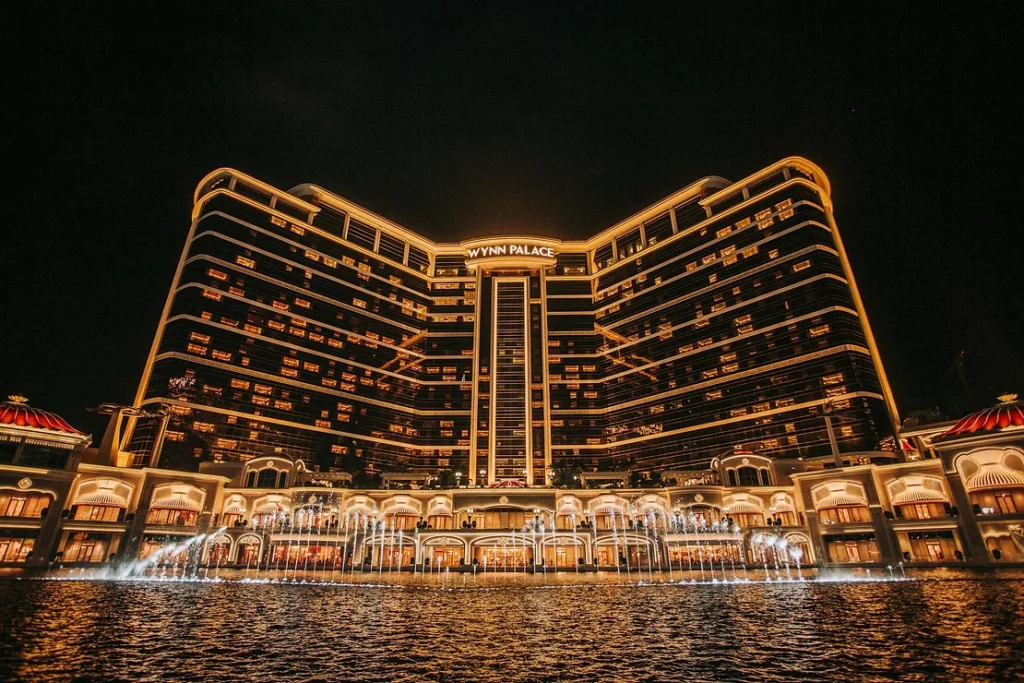
Recent Posts
15 Floor Plan Graphic Styles That Will Elevate Your Presentation Game
The Role of Shadows in Architectural Storytelling
When Furniture Becomes Architecture: Blurring the Line